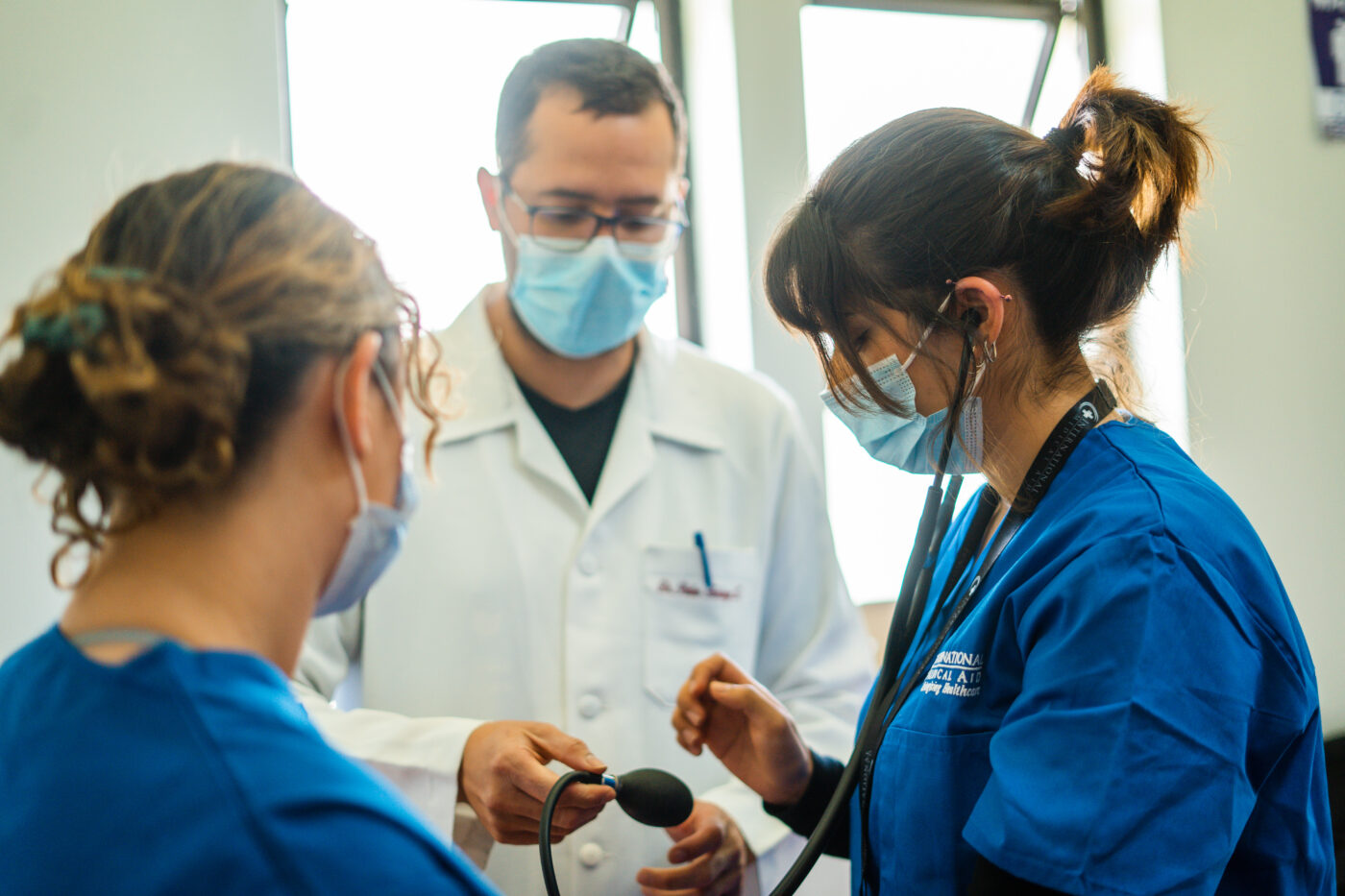Being a physician assistant (PA) is a rewarding way to begin working in healthcare. It places the practitioner at the forefront of medical provision, delivering a wide range of services under a physician’s supervision. And this path is quite popular among many students; in fact, over 116,124 PA students are currently employed in the USA.
But here’s a caveat: there are many PA programs. So, selecting the appropriate one that’s tailored to your goals and working style is a critical step toward a successful career. The right program will not only give you the knowledge and skills required but will also create the environment necessary for you to excel academically and personally.
This article is, hence, directed at the different factors one needs to consider while choosing a PA program. Read on for the details.
Accreditation
Accreditation serves as the hallmark of a reputable PA program.
A program certified by recognized accrediting bodies essentially means that it’s tested on rigorous standards to ensure high-quality education and training experience. The Accreditation Review Commission on Education for the Physician Assistant (ARC-PA) is the primary accrediting body for PA programs in the United States. They evaluate each program carefully against multiple variables, including curriculum, faculty, clinical experiences, and student outcomes.
Choosing an accredited program is the way to go for a variety of reasons. Why? You’ll get an education meeting the standards set nationally, which will help you prepare for the rigors of the profession.
Curriculum and Clinical Experiences
The curriculum forms the core of your PA education, providing you with the knowledge and skills required for clinical practice. Most PA programs follow a similar structure, encompassing both didactic and clinical components.
The didactic portion typically covers foundational medical sciences, pharmacology, pathophysiology, and clinical skills. Clinical experiences, on the other hand, provide hands-on training in various medical specialties, allowing you to apply your knowledge in real-world settings.
The quality and breadth of clinical rotations play a pivotal role in your development as a PA. Thus, look for programs that offer a diverse range of clinical experiences across different specialties, such as internal medicine, family medicine, surgery, pediatrics, and emergency medicine. Exposure to these various settings enhances your adaptability and prepares you to handle a wide array of patient presentations.
The number of required clinical hours can also vary. But according to the American Academy of Physician Associates (AAPA), the average in accredited PA programs is 2,000 hours. That said, ensure the program you choose offers sufficient clinical hours to gain the necessary experience and confidence.
Faculty and Resources
The faculty members in a PA program aren’t only educators but also mentors and role models. Experienced ones can significantly impact your learning experience, providing guidance, support, and inspiration. Also, look for programs whose faculty is actively involved in clinical practice, research, and professional development.
It’s worth noting as well that a low faculty-to-student ratio fosters personalized attention and creates opportunities for meaningful interactions with faculty members, so it’s worth looking into this element, too.
In addition, the resources available to students contribute to a fulfilling educational journey. Access to well-equipped libraries, state-of-the-art laboratories, and simulation centers enhances learning and allows for hands-on practice of clinical skills.
Program Culture and Fit
The choice of a PA program, however, goes beyond just academics and clinical experience. It’s also critical to find one that aligns with your values, learning style, and even your personality. A program’s culture and good overall fit can make or break many of your experiences and hugely add to personal and professional growth.
Consider the mission, vision, and values of the program. Do these align with your own aspirations and beliefs? Also, look for a program that makes you feel a sense of community, collaboration, and mutual respect from students to faculty. Information sessions, campus visits, and discussions with existing students and alumni will be eye-openers regarding culture.
Cost and Financial Aid
A PA education is anything but cheap. The bills add up quickly: tuition, miscellaneous fees, books, and living expenses. To give you an idea, the range is USD$20,000 to USD$100,000. For this very reason, the cost must be a big factor in selecting a program.
But apart from comparing programs and their prices, considering financial aid is also ideal. It can help defray the total amount you’ve got to shell out. You may look into scholarship opportunities provided by individual programs, various professional organizations, and private foundations. Grants and loans are viable options, too.
Contact prospective programs’ financial aid offices for details on what’s available and under what criteria. Next, you’ll need to devise a comprehensive plan for all your expenses, from tuition and living expenses to potential repayment of loans. In fact, careful financial planning will help save you lots of stress and allow you to focus on your studies and future career.
Final Thoughts
Choosing the best PA program is crucial in determining how your healthcare career will be. So, take the time to research, ask questions, and visit campuses. With careful consideration, you can confidently embark on an exciting journey towards becoming a PA.
And one crucial part of this journey is the internship, which allows you to apply your knowledge to real-life situations. International Medical Aid is one of the most reputable facilitators of such experiences, offering international internships to aspiring PAs with the goal of enriching their skills. When the time comes, you can apply here as you pursue your dream career.




